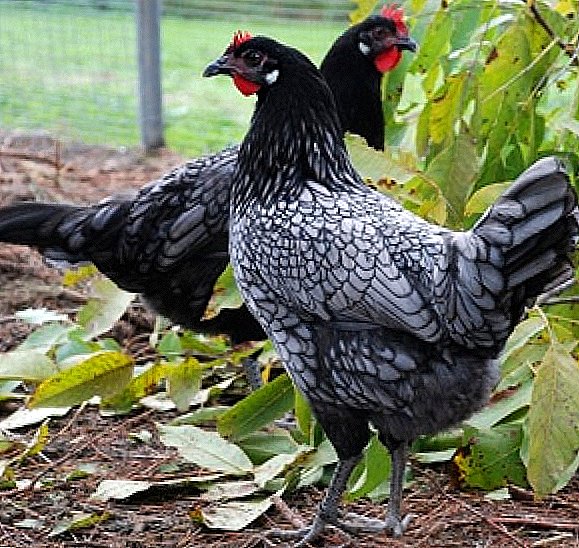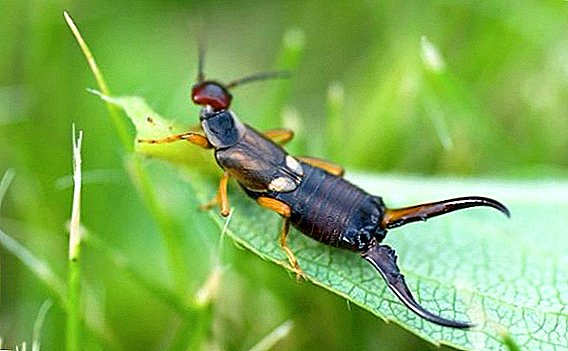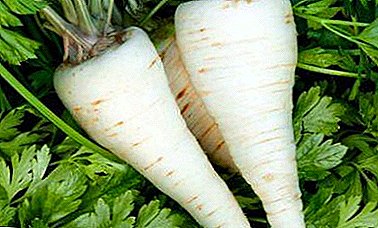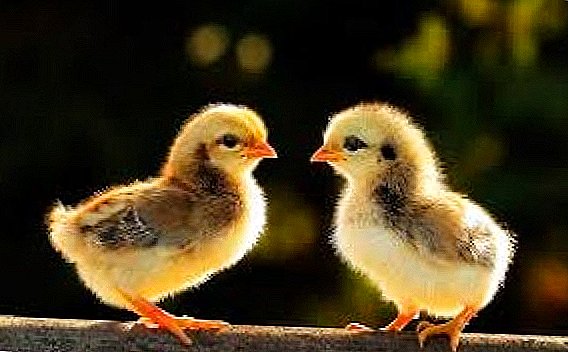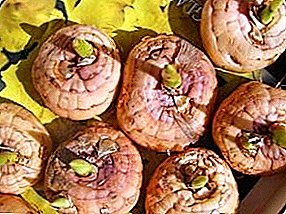 Contrary to the saying that God doesn’t give horns to a bodile cow, some bodily representatives of cattle not only have this powerful weapon, they also abuse it.
Contrary to the saying that God doesn’t give horns to a bodile cow, some bodily representatives of cattle not only have this powerful weapon, they also abuse it.
About how to deal with this, and will be discussed further.
Why do cows and bulls butt
In nature, bulls and cows use their horns to repel predator attacks. In addition, the bulls with the help of this their weapons find out their leadership position in the herd.  While living with humans, these animals are practically free from the threat of predators, and the owner regulates the admission of bulls to cows, not bull disassemblies. Nevertheless, both cows and bulls sometimes show their strength in relation to each other and even to humans.
While living with humans, these animals are practically free from the threat of predators, and the owner regulates the admission of bulls to cows, not bull disassemblies. Nevertheless, both cows and bulls sometimes show their strength in relation to each other and even to humans.
Did you know? Slow-looking cows and bulls are actually able to accelerate to a speed of 50 km / h.
Most often this is caused by such reasons:
- Congenital properties of the nature of the animal that non-violent methods can not be corrected.
- Attempts by cows to protect their calf from seemingly threatened
- Showdowns that cows are trying to build a hierarchical relationship within the herd.
- The reaction of animals to sharply moving and loudly communicating among themselves people.
What to do, how to wean
It is practically impossible to wean an agile cattle with an absurd character from birth. These animals will remain so until their death. If such cows do not have high yields, and bulls do not have meat productivity or breeding qualities, such animals have a direct route to the meat processing plant.
Learn about the most well-known types of gobies meat breed for fattening and about the features of the cultivation of such gobies.
Otherwise, it is necessary to take measures that minimize the possible damage from the attacks of such animals. 
Cut off the horns
Sometimes cattle in calf age completely eliminate the horns. This completely solves the problem of the possible fertility of the animal. However, getting into the herd with horned relatives, such a koloy cow often undergoes aggression from its horned girlfriends, who thus try to emphasize their superiority.
Here for such bodi specimens there is a serious measure of radical impact, which consists in cutting off sharp ends on the horns.
After the disinfected wound has healed, the cow thus operated on will not only continue to bully, but, on the contrary, will more carefully keep its horns, without aggressively directing them anywhere.
Did you know? Today, there are more than a billion cattle on our planet. Their total weight is two times greater than the weight of the entire population of the Earth.
Wear shock absorbers on the tips of the horns
Another more humane way to protect others from aggression gravelly cattle are rubber shock absorbers, worn on the tips of the horns. These shock absorbers in the form of small segments of a thick rubber hose or rubber rings are put on the ends of the horns and fixed on them.  The mount must be secure, otherwise the animal will remove these shock absorbers using the nearest fence or wood.
The mount must be secure, otherwise the animal will remove these shock absorbers using the nearest fence or wood.
Wear a horse halter (eye patch)
In order to limit the livestock in movement and thus protect others from the attack of an aggressive animal, cows wear a halter on their faces, for which they tie the animal to a tree, for example, with a rope of the required length.
A cow has the ability to graze in a certain area, but at the same time it is restricted in movement and cannot reach the victims with potential horns.
Important! Not wanting to go to the stall for milking, a cow can show discontent and even aggression not because of a bad temper, but because of the dirt in the stall that these clean animals do not tolerate.
A good means of restraint is the bandage, which is blindfolded by the cattle, thereby preventing it from seeing the object of its aggression. The lighter version of this method is the eyebrows made of leather or rubber, which make it difficult for an animal to have a side view, significantly reducing the number of provoking objects for it. 
Fasten the pads on the horns (wooden board)
One of the most effective means of nullifying the attempts of a booming cow to cause significant damage to someone is a plate attached from above to the horns of the animal. The length of the plank should exceed the distance between the horns of centimeters by 20.
It will be useful for you to find out which breeds of cows belong to the dairy: Dutch, brown Latvian, Ayrshire, red steppe, and which are to meat: Hereford, Belgian blue, Highland, Aberdeen-Angus.
Two holes are drilled on it, which should coincide with both ends of the horns, both in the distance between them and in diameter. The plate is put on the tips of the horns and fixed with screws and washers.
With such a device on cattle horns for a couple of weeks, usually convinced of the futility of their attacks, after which the bar can be removed. If this educational method did not work, the cow horns are screwed onto the plate again - this time for a longer period.
Slap on the ears or nose
In cattle, the eyes, ears and nose are the most sensitive places on the body. Sometimes, in order to bring a cow to life, she is affected by her ears or nose. Ears are alternately tied at the base with a rubber band, causing such pain in the animal that it is no longer awake.
And on the nose hard clap palm. The same is sometimes done with ears.  These methods, to be sure, are quite cruel, however, and the cows to which they are used are far from a gift.
These methods, to be sure, are quite cruel, however, and the cows to which they are used are far from a gift.
Extreme measures
Sometimes even the most severe measures do not sensitize excessively vigorous cattle, in which this quality is incorporated from birth. Therefore, there is nothing left but to send it to the meat factory. And only very high productive indicators can temporarily save a wild animal from a slaughterhouse.
Important! With a good memory, cows do not forget their offenders. Therefore, do not scare them, tease or cause them unreasonable pain.
A good ladybird, peacefully grazing in a meadow and giving milk, is often this idyllic picture does not correspond to reality. A large, strong, equipped with sharp horns, the animal can be a source of real danger in livestock farms, which can be prevented only by considerable efforts.
Every owner of cattle should know how to apply them.


